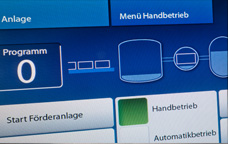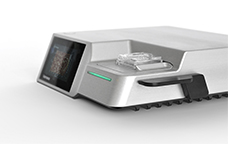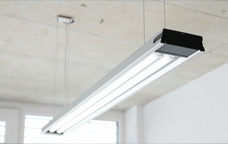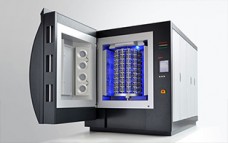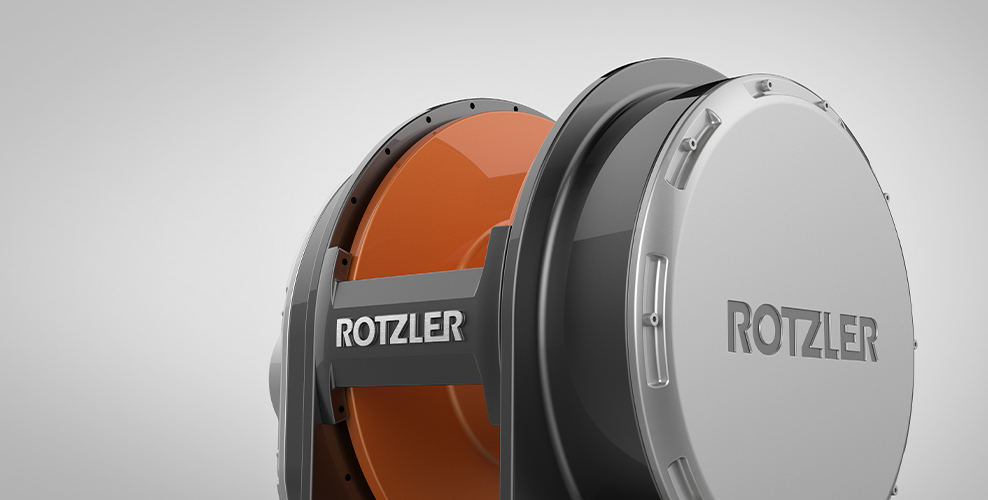
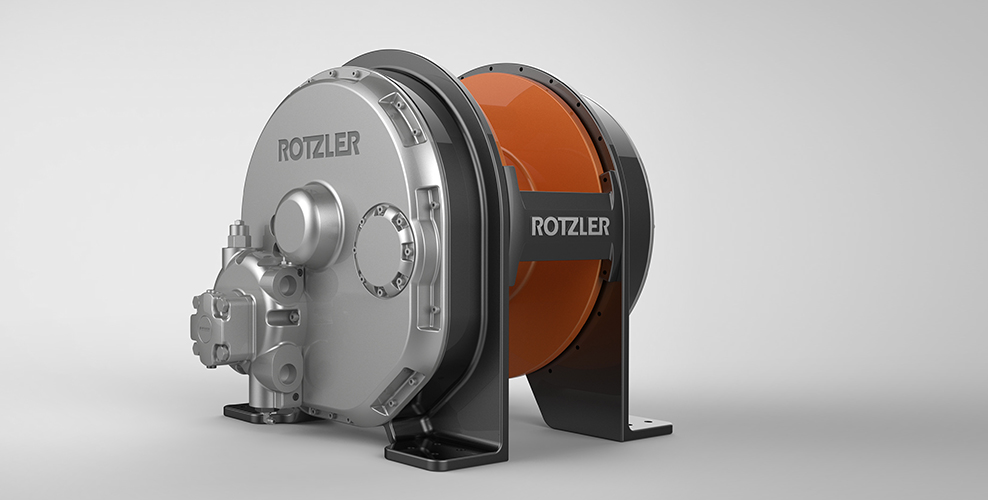
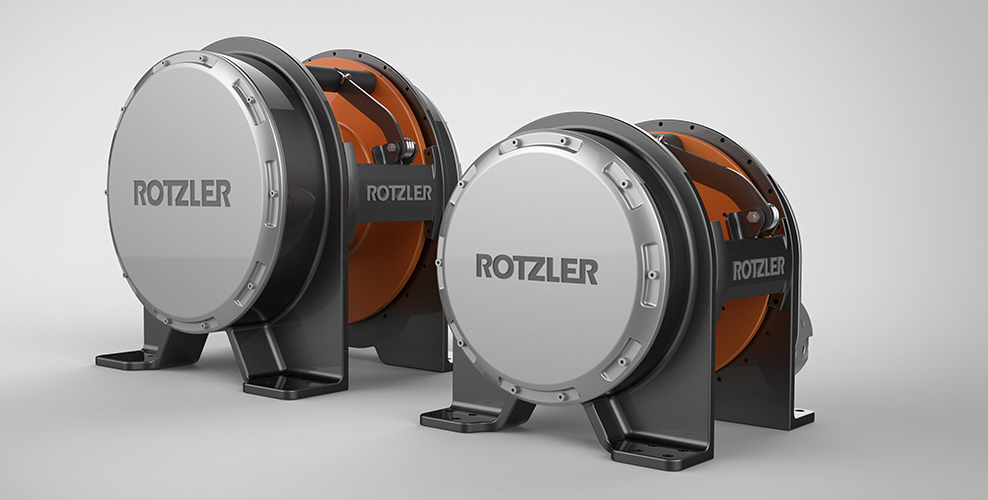
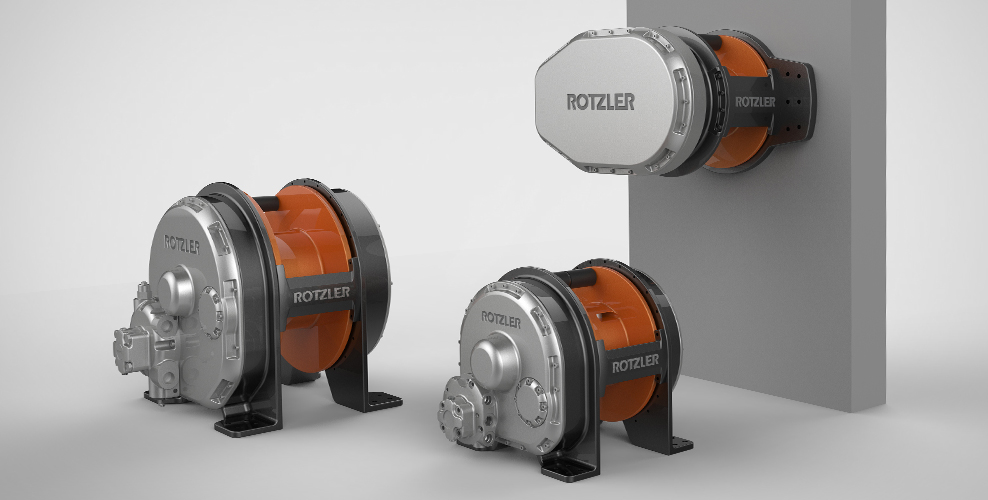
Rotzler Tarvos cable winch
Powerful and compact
As part of the extensive design process, defortec developed the new and brand formative product language of the Tarvos rope winch series. Due to its puristic and powerful appearance, the company Rotzler impressively distinguishes itself from the competitors.
Strong segmentation, as a recurring design feature, combined with a solid state device conveys stability and value. Smooth and flat surfaces emphasize the high-quality and professional character of the rope winches and, combined with striking lettering, ensure a strong brand presence. The use of cast aluminum and iron parts allow soft and distinct shapes.
The interaction of clear, shaping elements, compact design and the materials used creates a high degree of recognition and enormously emotionalises the technically appealing product. The use of gray and aluminum castings as a manufacturing process enables the soft and independent form language.
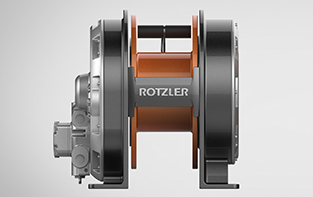
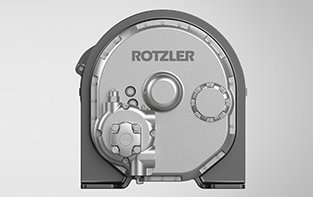

Design award
The cable winch Tarvos is once again an evidence for defortec´s exceptional design quality. The product family is awarded with the Baden-Würrtemberg Design Award 2016 Silver.
Thoughtful colour concept
The orange color is used exclusively for the cable drum which clearly signalizes a potential source of danger. Therefore the choice of color is not only dependent upon aesthetical requirements but also fulfills a safety function. The design of the static components such as the support and the trusses show stability and tranquility.
The black grey finish gives a strong contrast to the orange drum. The white aluminum colored gear cover underlines the technical aspect of the drive side.
Further categories
Good to know...
simplify the understanding of design Glossary
In computing, a graphical user interface (GUI) is a type of interface that allows users to interact with electronic devices through graphical icons and visual indicators such as secondary notation, as opposed to text-based interfaces, typed command labels or text navigation. GUIs were introduced in reaction to the perceived steep learning curve of command-line interfaces which require commands to be typed on the keyboard.
The actions in a GUI are usually performed through direct manipulation of the graphical elements. As well as computers, GUIs can be found in hand-held devices such as MP3 players, portable media players, gaming devices and smaller household, office and industry equipment.

